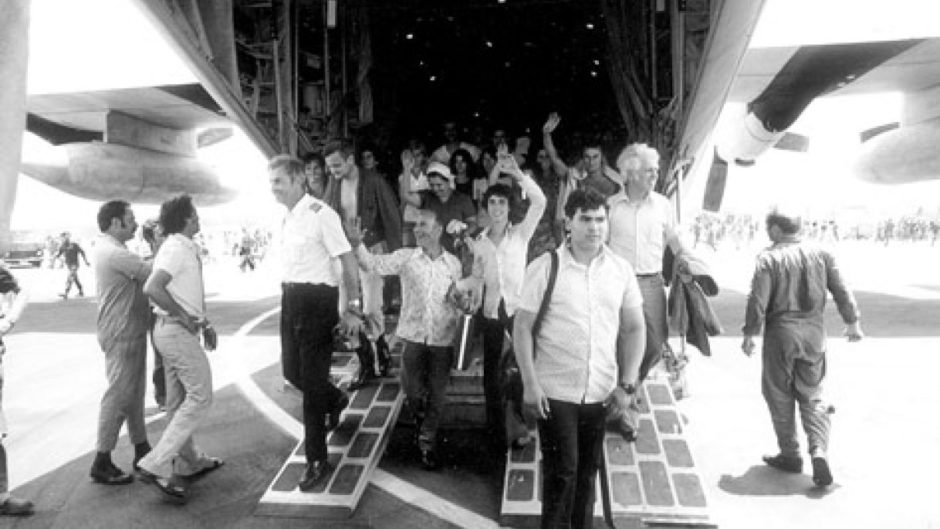It was a week that concentrated minds.
On June 27, 1976, a band of Palestinian and German terrorists hijacked Air France flight 139 en route from Tel Aviv to Paris via Athens. After a brief stopover in Benghazi, Libya, the hijackers diverted the plane to Entebbe, Uganda.
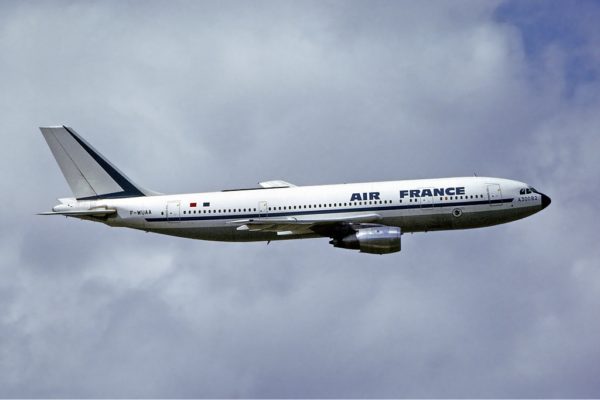
The Israeli government, led by Prime Minister Yitzhak Rabin, considered negotiating its way out of the crisis until it switched course and ordered a daring rescue mission. On July 4, Israeli commandos stormed the terminal in Entebbe, rescuing the hostages and ending the standoff.
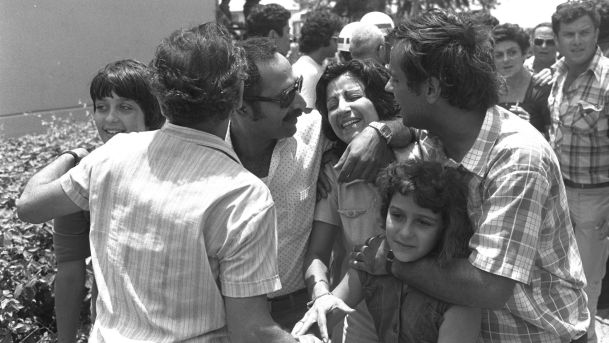
Saul David, in Operation Thunderbolt (Little, Brown and Company), graphically recreates these dramatic events. It’s a blow-by-blow account of an audacious raid that burnished Israel’s image and changed the future of a young man named Benjamin Netanyahu.
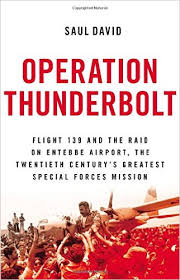
Flight 139, with 253 passengers aboard, was commandeered barely eight minutes after takeoff from Athens, where security was notoriously lax. The terrorists belonged to the Popular Front for the Liberation of Palestine: External Operations, whose leader, Wadie Haddad, was a Palestinian Christian who was born in what is now northern Israel.
Haddad had been a close associate of George Habash, the head of the Popular Front for the Liberation of Palestine, which had pioneered airplane hijackings in 1968 as a means by which to strike Israel and publicize the Palestinian cause.
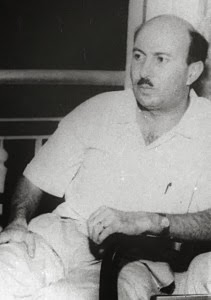
But after a hijacking incident in Jordan in 1970 which turned the Hashemite kingdom against the Palestinians, causing the loss of their base in Jordan, Habash instructed Haddad to cease operations outside Israel. Haddad refused and was expelled from the Popular Front for the Liberation of Palestine in 1973. He formed a breakaway organization, based in Baghdad, which targeted the Air France carrier.
Wilfried Bose, one of the two German hijackers, said the French national airline had been singled out because France was the “historic enemy of the Arab nation,” citing France’s participation in the invasion of Egypt in 1956 and its former alliance with Israel. A starry-eyed left-wing revolutionary, Bose considered Israel a Nazi-like state which should be supplanted by a “socialist secularist democracy.”
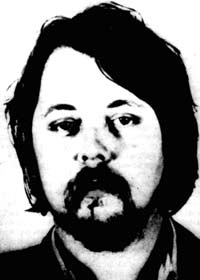
On the third day of the crisis, the hijackers broadcast their demands over Ugandan radio. They demanded the release of 53 prisoners from Israel, West Germany, Kenya, Switzerland and France. Among them were Kozo Okamoto, one of the participants of a 1972 attack on Lod Airport that claimed the lives of 26 people, and Hilarion Capucci, a Greek Catholic archbishop in Israel who had been imprisoned for having smuggled weapons to Palestinian fighters in the West Bank.
In the absence of a credible plan to free the hostages, Rabin was prepared to negotiate with the terrorists. But Defence Minister Shimon Peres equated negotiations with blackmail.
When Rabin asked General Motta Gur, the chief of staff of the armed forces, whether Israel had contingency plans to rescue the passengers, cooped up in Entebbe’s old terminal building, the answer was no. As Israeli generals began working on a plan, the hijackers separated the Israelis from the Europeans, conjuring up visions of a dreaded Nazi practice.
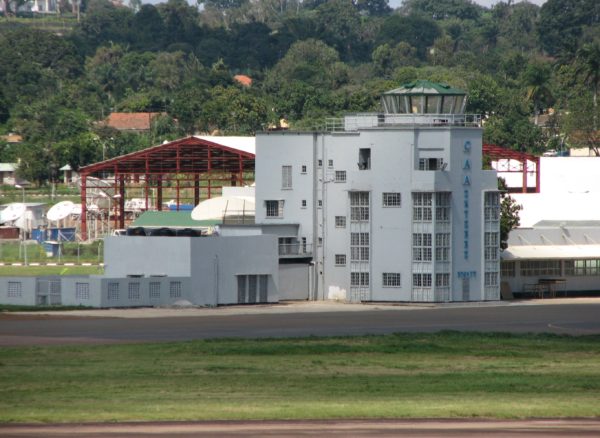
In the meantime, Israel bought time by enlisting a retired Israeli army officer who had been a military advisor in Uganda to phone Idi Amin, Uganda’s strongman. Amin, a Muslim, had severed Uganda’s close ties with Israel in 1972.
For a while, Peres considered sending Moshe Dayan — Israel’s former defence minister and Amin’s friend — to Uganda, but nothing came of this scheme.
As the crisis dragged on, Amin visited the passengers, warning them that the terminal would be blown up unless Israel met the hijackers’ demands.
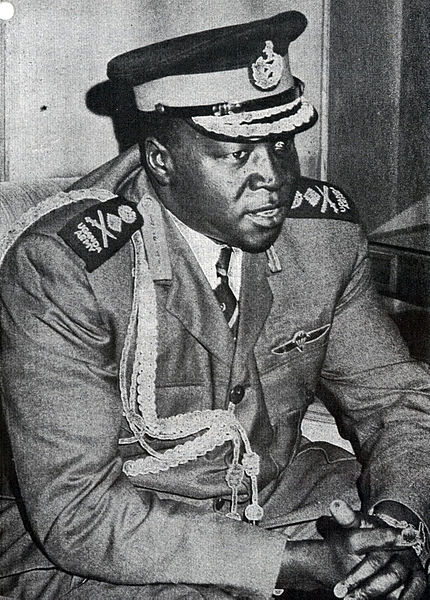
Ehud Barak, a high-ranking officer and Israel’s future prime minister, was dispatched to Kenya to ensure that the Israeli Hercules planes taking part in the mission would be allowed to refuel in Nairobi. Uri Lubrani, Israel’s ambassador in Iran and an old Africa hand, was sent to Kenya as well. His task was to smooth out any difficulties and, if necessary, to intercede personally with Amin if the raid failed.
According to the author, Israel would not have launched Operation Thunderbolt without Kenya’s promise of clandestine assistance. Kenya profited from the arrangement by virtue of Israel’s promise to destroy Amin’s air force, consisting of about a dozen MiGs parked on the tarmac in Entebbe.

As David points out, Gur was initially skeptical of a rescue mission. Israel had never carried out a raid outside the Middle East. Uganda was far away. The intelligence picture was incomplete. It might be hard to achieve the element of surprise. Gur finally concluded that the pilots could land the planes unnoticed and that the hand-picked troops could do the job.
Rabin, though cautious as usual, was ready for Israeli casualties, up to 15 or 2o dead.
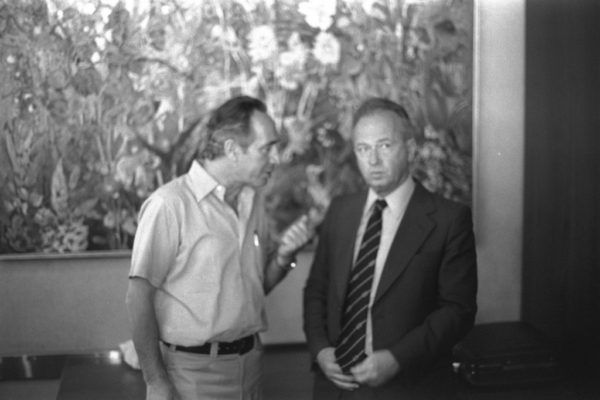
Israel’s assault force was comprised of 190 soldiers, 20 non-combatants and 10 vehicles, including a black Mercedes sedan. The six aircraft, including a Boeing 707 medical plane, took off from Lod, flying low off the ground to elude Jordanian radar and Soviet surveillance ships, and landed in a base in the southern Sinai Peninsula. From there, the aerial armada flew south to Entebbe.
The raid went off as planned. The terrorists were killed, the hostages were rescued, the MiGs were destroyed. The commander of the force, Yoni Netanyahu, was struck by several bullets and died of his wounds. Several of the passengers were cut down by crossfire. One hostage, Dora Bloch, was deliberately murdered by Amin’s goons.
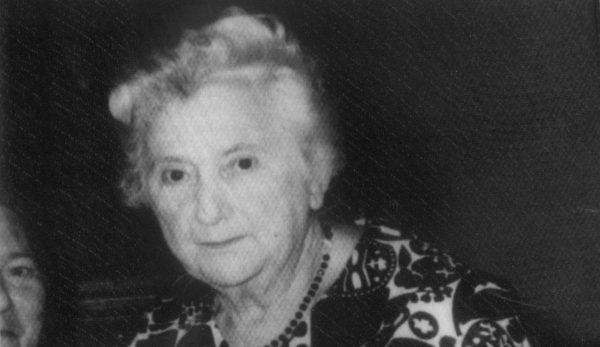
With the hostages safely back in Israel, Rabin hailed the rescue as Israel’s “contribution to humanity’s struggle against terrorism.”
The Organization of African Unity, at Amin’s request, condemned Israel’s “unprecedented aggression,” while United Nations Secretary General Kurt Waldheim condemned the raid as “a serious violation of the national sovereignty of a UN member state.” Western countries, particularly the United States, were supportive of Israel’s action.
The failed hijacking had repercussions in West Germany. The Revolutionary Cells, the group of which Bose had been a member, dropped its mantra of anti-Zionist rhetoric.
Haddad, the architect of the hijacking, died in 1978 at the age of 50. Had he been poisoned by Israel?
Amin, ousted in 1979 by Ugandan rebels and troops from the Tanzanian army, fled by helicopter and sought refuge, first in Libya and then in Saudi Arabia. He lived in Jeddah until his passing in 2003.
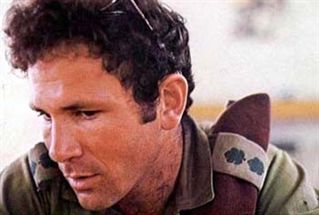
In death, Yoni Netanyahu became a hero, especially in Israeli right-wing circles. His middle brother, Benjamin, who had been pondering a career as a management consultant, turned to politics, his ascent greatly assisted by Moshe Arens, a major figure in the Likud Party.
Finally, the raid restored Israel’s confidence after the trauma of the 1973 Yom Kippur War, during which Israel lost more than 2,000 soldiers.
Forty years on, the Entebbe mission still resonates.
